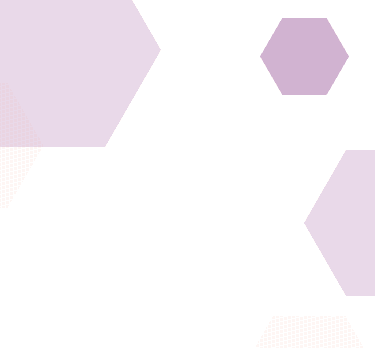
2024-07-12T16:54:51
Sunscreen Travel Tips
- Dermatology
June 23, 2017 | Dermatology

Chronic hives, known medically as urticaria, are a skin reaction that causes red or white itchy welts. These vary in size and can appear and fade repeatedly.
Chronic hives last at least six weeks, or recur over months or years. Much of their treatment involves finding ways to reduce symptoms and find relief, and while medications can be of some assistance, basic lifestyle changes are often a big part of successful hives management. Here are several areas you can look at to help with the treatment of chronic hives.
In some cases, new hives can result from people scratching their skin. A common cause of itchiness is dryness, which means that finding ways to keep moisture in the skin is important. Here are some basic tips:
During hive breakouts, cool compression is a great tactic to help shrink blood vessels and ease swelling. Most creams won’t have a huge effect, as hives come from a reaction inside the body, but certain anti-itch products like 1-percent menthol in aqueous cream can help with relief in some cases.
Many hive outbreaks are caused by triggers in our everyday lives. Keeping an eye out for these can help reduce outbreaks. Here are some common triggers:
Keeping a diary of breakouts can help. Include information on what you were doing and eating before a breakout took place—this can help identify your triggers and avoid them in the future.
In certain cases, hives can be a sign of an allergic reaction called anaphylaxis. If any of the following signs appear during a hives outbreak, seek immediate medical attention:
If you’re dealing with chronic hives, your doctor can offer specific suggestions for treatment and managing your symptoms.
“Chronic Hives: What You Can Do at Home.” WebMD. http://www.webmd.com/skin-problems-and-treatments/chronic-hives-17/hives-home-remedies
“Chronic hives (urticaria).” The Mayo Clinic. http://www.mayoclinic.org/diseases-conditions/chronic-hives/basics/definition/con-20031634
WRITTEN BY:
The Live Better Team


2024-07-12T16:54:51

2024-07-02T11:42:04

2024-07-01T13:49:28

2024-06-21T14:29:51
This information is not intended to replace the advice of a medical professional. You should always consult your doctor before making decisions about your health.